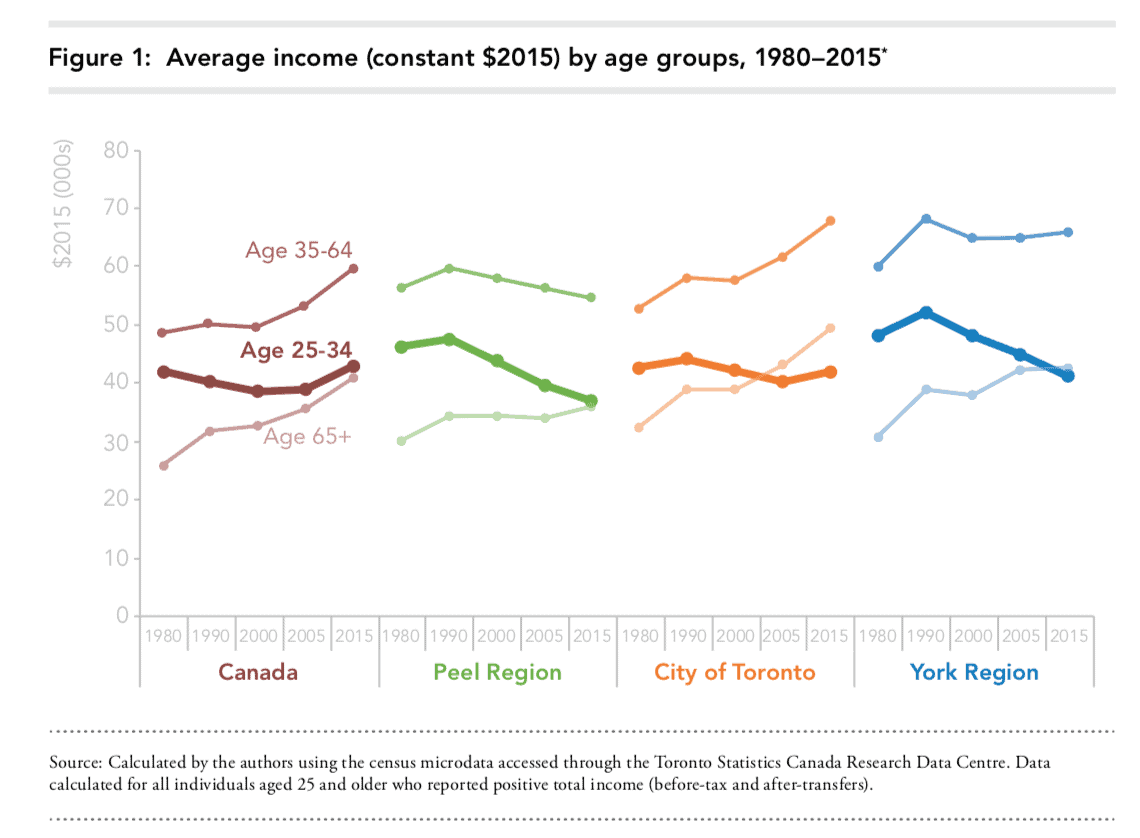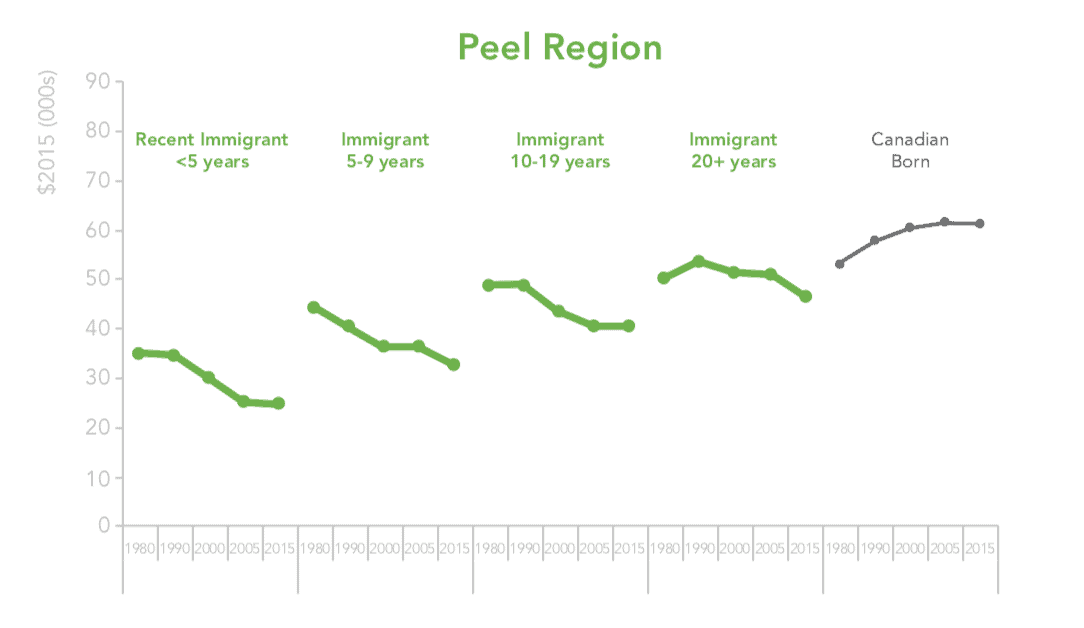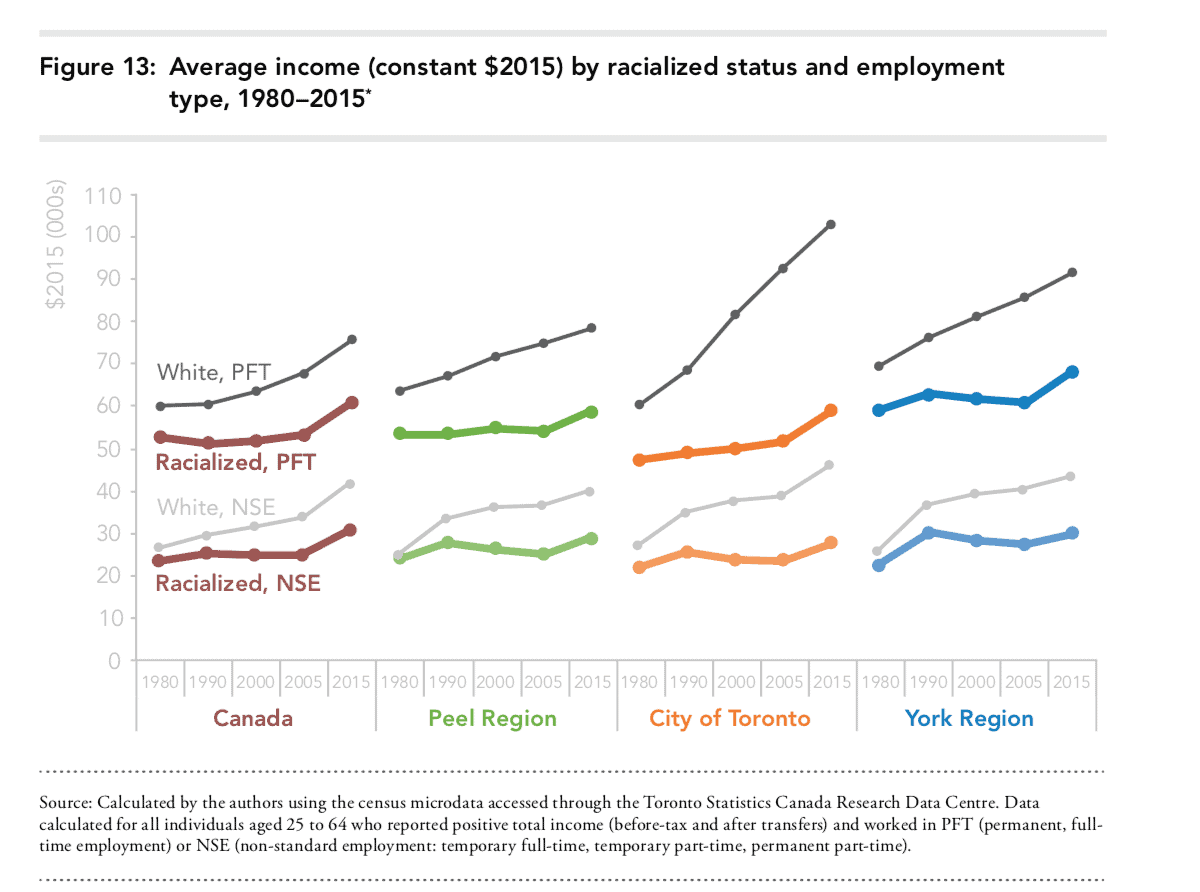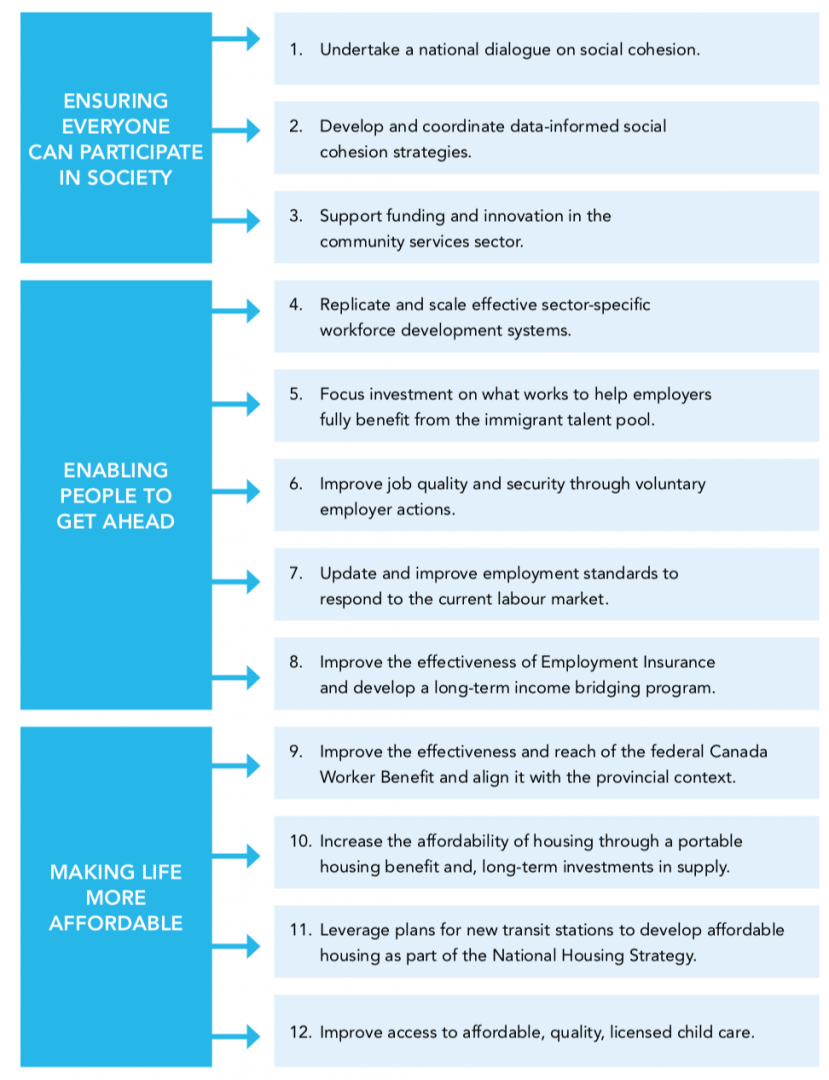Report Proves That Age, Immigration and Gender Play As Barriers In Mississauga
Published May 7, 2019 at 8:08 pm

The United Way has released a new report that confirms that age, immigration status, gender and race act as barriers to success in the GTA.
The report is their third part to their research in the Opportunity Equation. In the report, they show that young people, immigrants, racialized people and women have to work harder to achieve the income they need to thrive. The situation is worse in the GTA than other parts of Canada.
The United Way is the largest non-government supporter of social services, they aim to create equal opportunities for people to improve their lives and build a better future. They provide research and partnerships that allow them to mobilize volunteers and provide financial resources for the most impact.
The United Way conducted research to determine if age, immigration status and racialization plays into the average individual income. They then looked at the breakdown of the five quintiles to see the income distribution amongst these groups. Here are their findings:
Young adults in the GTA are more disadvantaged today than ever before. In the last 25 years, the average income of adults in Peel has decreased by 22 per cent. In 1990, the average income was $47,500 and today it is $36,900. Young adults have been concentrated in the bottom of the income distribution over the last 35 years. In 2015, almost one in four young adults were in the bottom quintile in each region, which is up from about one in six in 1980. For every dollar a mid-aged person in a full-time job earns, a young person makes 71 cents.
The United Way says that young adults are facing labour market challenges at a higher magnitude than they did in the past. The nature of the work has also changed from steady jobs to more short-term ones. This is creating a divided labour market which puts young adults at a disadvantage. Seniors are more advantaged with their mature networks and experience as people begin to live and work longer. While the older generation has made significant gains in the housing industry, this hurts the younger generation to make the same success. These trends mean that the younger generation will not do as well as the older generation.

They also found that people who weren’t born in Canada was at a disadvantage regardless of when they moved here. The average immigrant is making less than what immigrants made in 1980. The average immigrant who has been in Canada for 10 to 19 years earns about $40,400. In 1980, they made about $48,800. Immigrants have increasingly concentrated in the bottom income quintile. The average gap between immigrants and Canadian-born people is about 20 cents per dollar.
These trends mean that despite a growing economy, immigrants are not being able to work to their full potential even though many of them are skilled and highly educated.

Their last finding, and probably their most crucial is that the racial divide has reached a historic high. This means that racialized groups have become poorer over time. Incomes for this group has not increased in 35 years and the gap has increased. In Peel, the gap is about 30 cents less for every dollar. So, in Peel, the average minority is making $40,300. In 1980, that number was $45,000. Almost one in four racialized people are in the bottom quintile which is up from about one in five in 1980.
There is a growing population of minorities and with the increasing costs of living in one of Canada’s most expensive regions, these trends mean that daily life for a minority is a challenge and is becoming worse for many people.

The United Way states, “the findings of this report indicate that these prospects are no longer true for many people as income inequality has grown, reducing opportunities and making the GTA a less fair place to live. This has resulted in growing gaps between the haves and the have nots, with each group connected by common backgrounds and circumstances that are beyond their control.”
They recommend trying to rebalance the opportunity equation by improving access to opportunity for everyone. There should be a wide-ranging intervention by the government, private sector, community service sector and labour.
The United Way has also laid out 12 recommendations to solve this issue.

Photos courtesy of The United Way GTA.
insauga's Editorial Standards and Policies advertising





